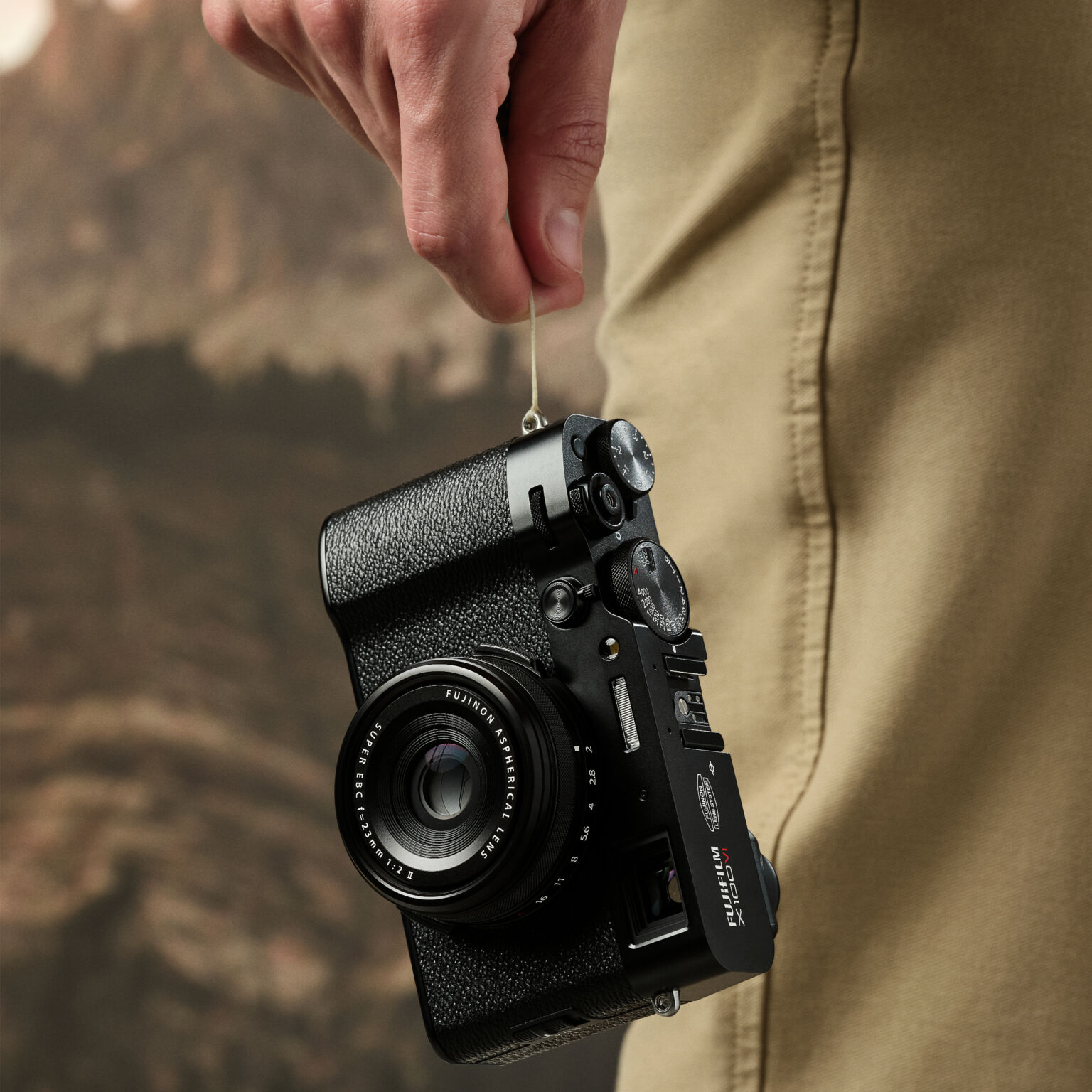The iris diaphragm, a crucial component in photography, regulates light entering the camera and influences exposure, depth of field, and the bokeh effect. Located within the lens, it adjusts the aperture, impacting photo brightness and composition. Understanding these concepts empowers photographers to make informed choices, enhancing their ability to capture high-quality, visually appealing images.
Camera sensor size is essential for the image quality of your photos and your camera’s performance. In the film era, the camera sensor was uniform across all cameras, with a 35mm size. But with digital cameras and sensors today, it’s no longer the case, with options like medium format sensors, full-frame sensors, APS-C sensors, and the Micro 4/3 sensor. Explore the unique features of each to choose the sensor that best suits your photographic needs.


How does a camera sensor work?
In general, it can be said that the larger the sensor, the higher the image quality. The sensor of a digital camera is composed of tiny photosites. Each photosite acts as a light receptor. When light enters through the camera’s lens, during exposure, it reaches these photosites on the sensor. Each of the photosites generates electrons proportional to the received light. These electrical signals are then converted into a digital image. In comparison, the sensor is to digital what the film was to analog.
Why is sensor size important?
The image quality of a camera is determined by the size of its sensor; larger sensors result in better image quality. Larger sensors mean larger pixels, which translates to improved performance in low-light conditions, reduced noise, increased dynamic range, and the ability to capture more information. As a photographer, it’s essential to understand the differences between camera sensor sizes.
| Sensor size | Width and height (mm) | Diagonal (mm) | Sensor area (m2) | Crop factor |
| Medium format | 53.7 x 40.2 | 67.08 | 2159 | 0.65 |
| 35mm Full frame | 35.8 x 23.9 to 36 x 24 | 43.1 - 43.3 | 856 - 864 | 1.0 |
| APS-H | 27.9 x 18.6 | 33.5 | 519 | 1.29 |
| APS-C (Fujifilm) | 23.6 x 15.6 | 28.2 - 28.4 | 368 - 370 | 1.52 - 1.54 |
| APS-C (Canon) | 22.3 x 14.9 | 26.82 | 332 | 1.61 |
| Micro 4/3 | 17.3 x 13 | 21.6 | 225 | 2.00 |
| 1" Type | 13.2 x 8.8 | 15.86 | 116 | 2.72 |
Medium Format sensor
The medium format is the largest type of sensor in digital photography. It is distinguished by its sensor size ranging from 44 x 33 mm to 53.9 x 40.4 mm. This large size allows for high image quality and resolution. Medium format cameras are often used for commercial photography or professional studio shoots.
The drawbacks of the medium format sensor include its high cost, weight, and bulkiness, making it less practical for photographers who are frequently on the move and require increased mobility. Therefore, medium format cameras are ideal for professional studio use.
Medium format cameras
Full Frame sensor / 35mm
The full frame sensor, also known as the 35mm sensor or full frame, is directly inherited from analog film and retains the characteristics of 35mm film. The dimensions of the 35mm sensor are a maximum of 36×24 mm. It is used in professional digital SLR cameras as well as hybrid cameras.
Opting for a full frame sensor has a major advantage in its ability to capture a large amount of light. This allows for more detailed images with more precise colors and better contrast. The 35mm sensor also provides better depth of field management, ideal for portraits and nature photography. This sensor offers a wider dynamic range than smaller sensors.
Its disadvantage, like the medium format, is its higher price as it is dedicated to a more professional audience, and its larger size compared to other smaller sensor models.


APS-H sensor
The APS-H sensor (Advanced Photo System type-H) is a type of sensor that Canon produced for a number of professional cameras. It was first used in the EOS-1D camera in 2001. Situated between the small APS-C sensor and the full-frame sensor, APS-H is a compromise in form, balancing the lightness of the APS-C sensor with the quality of the full-frame sensor.
APS-C sensor
The APS-C sensor (Advanced Photo System type-C) is an intermediate format between Micro 4/3 sensors and full-frame sensors. The APS-C sensor is a widely used sensor type in digital SLR cameras and hybrid cameras.
The APS-C sensor is known for its quality and is highly appreciated by beginner and professional photographers alike due to its versatility. This type of sensor is also very lightweight and compact, making it ideal for photographers who are frequently on the move and travel a lot. Although the APS-C format generally provides a greater depth of field for an equivalent aperture compared to a similar lens on a full-frame sensor, it is still capable of creating aesthetic background blurs, particularly for portraits or nature photographs.
Different cameras may have different dimensions for APS-C sensors; Canon uses sensors with an average size of 22.3×14.9 mm, while other brands like Nikon, Sony, and Fujifilm use APS-C sensors with an average size of 23.6×15.6 mm. The Fujifilm X100V and the new Fujifilm X100VI are examples of popular models equipped with APS-C sensors.
The drawback of the APS-C sensor type is its reduced photosite area due to its small size. This can affect the quality of the captured image in low-light conditions or high ISO sensitivity.
APS-C sensor cameras
Micro Four Thirds sensor
The Micro Four Thirds format is a camera system known for its compactness. This format is manufactured by companies such as Olympus and Kodak. The size of the 4/3 sensor is 18 x 13.5 mm, making it smaller than the APS-C, full-frame, or medium format sensors mentioned above.
Cameras equipped with Micro Four Thirds sensors offer a wider depth of field than larger sensor formats, contributing to high image quality. Additionally, 4/3 sensors are generally more affordable, making them an ideal option for beginner photographers.
However, the 4/3 sensor has the drawback of having a lower sensitivity to light, which limits its performance in low-light conditions.
Choosing the right sensor format
In summary, every photographer must choose the sensor format that best suits their needs. Do they travel frequently? Do they take professional photos? What type of photos are they looking to create? Whether it’s with a full-frame sensor for more light and depth of field, an APS-C sensor for a good balance between performance and portability, or a Micro 4/3 sensor for image quality without sacrificing compactness, each sensor type has its advantages and disadvantages.




























